Introduction to Crassula Care
Welcome to the world of Crassula, a charming genus of succulents that demands attention not just for its aesthetic appeal but for its intriguing care regimen. Imagine walking into a room and being greeted by the luscious green of a healthy, vibrant Jade plant. It’s a sight that can make a plant enthusiast’s heart skip a beat. But, what does it take to achieve that level of vitality? One crucial aspect is understanding the delicacies of watering—how often, how much, and the tell-tale signs of getting it just right.
The Crassula genus is diverse, boasting varying shapes, sizes, and colors, yet all share a unifying trait: they thrive with care that mimics their natural, arid homelands. Perchance, have you seen those little ovate leaves plump with stored water, or stems so thick they seem to burst with life? That, my friends, is the signature of a well-cared-for Crassula. It’s no mere plant; it’s a testament to the tender love and patience of its caregiver.
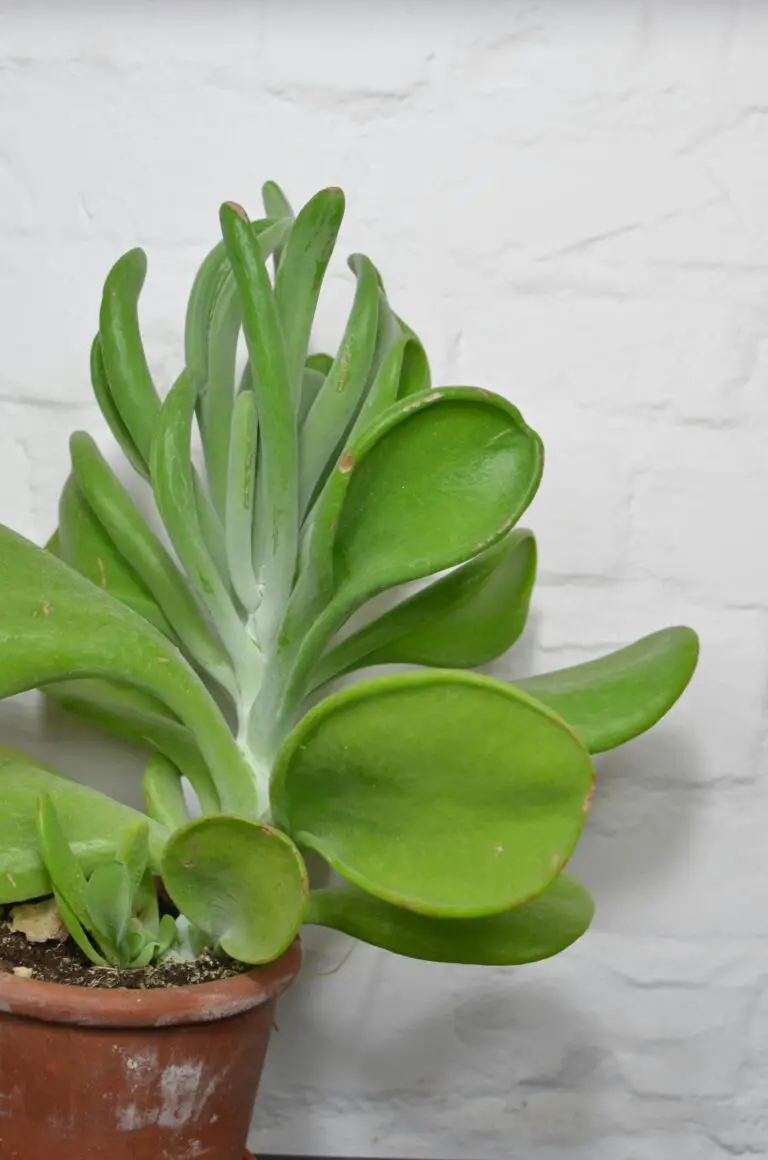
Wondering about the watering wisdom for these succulent beauties? It’s about finding the balance. Picture this: a Crassula left thirsting for too long, its leaves beginning to wrinkle and lose their succulent charm. Conversely, water too generously, and you may see those same leaves turning yellow or brown as they fall victim to root rot—succulent care’s infamous adversary. It’s the ballet of the watering can, a dance every succulent enthusiast must learn.
Discover more about nurturing your green friends with our insightful guide, “Crassula Care Mastery: Tips for Thriving Jade Plants,” and ensure they flourish under your guardianship. For additional reading, the secrets shared in this detailed article might just be what elevates your Crassula collection from surviving to thriving.
Stay tuned as this journey through Crassula care unfolds. Remember, the line between enough and excess can be as thin as a leaf but crossing it can make all the difference in the world of these desert darlings. So, come along as we delve deeper into the secrets of watering Crassula—the cornerstone of any thriving succulent sanctuary.
Understanding Crassula’s Water Requirements
Picture a Crassula, nestled in its native habitat, unfolding its plump leaves under the warm, arid breeze of the African highlands. It’s a scene that whispers the tale of survival, of thriving against the dry, often unforgiving climate. This natural setting is no walk in the park! It’s where the Crassula truly learned the art of water storage, turning every rare droplet into an oasis within its succulent leaves.

Let’s dive into the Crassula’s adaptation to drought. In the wild, rainfall is like a celebrity sighting—exciting but rare. Crassula plants have adapted masterfully, developing thick leaves that store water, allowing them to go long periods without a drink. Think of these leaves as miniature reservoirs, each one a testament to resilience.
So, what does this mean for watering your Crassula at home? Imagine you’re a camel, gearing up for a trek across the desert. You’d fill up at the watering hole, right? Likewise, when you water your Crassula, do it thoroughly, soaking the soil to mimic the infrequent but plentiful rainfall of its home turf. But remember, the keyword here is ‘infrequent.’ After the watering session, just like our camel friend, your Crassula won’t need another drink for a while. The soil should be allowed to dry out completely before you reach for that watering can again.
Understanding the basics of watering succulents is like learning the language of the desert. Water deeply, but not often. This simple mantra will transform your approach to Crassula care, morphing a regular houseplant routine into a ritual that celebrates its heritage. It’s not about sticking to a strict schedule; it’s about observing and responding to your plant’s unique needs, ensuring each succulent gets just the right amount of hydration to echo the rhythms of its ancestral grounds.
Watering Crassula: Factors to Consider
Thirsty for knowledge on how often to quench your Crassula’s thirst? You’re not alone! This hardy succulent, a beloved gem in the plant world, comes with its own set of hydration rules that can leave even the most seasoned plant parents scratching their heads. But fear not! We’re digging into the dirt of this topic to unearth how pot size, soil composition, your local climate, and the ebb and flow of seasons play a pivotal role in your Crassula’s watering schedule. So grab your watering can and let’s get to the root of it!
Pot Size: A Measure of Moisture
Size really does matter when it comes to pots, and no, we’re not just talking about aesthetics. Imagine a small Crassula in a colossal pot; this mismatched pair can lead to waterlogging faster than you can say ‘overwatered’. On the flip side, a Crassula that’s bursting out of its pot like a plant-based Incredible Hulk could be waving a green flag for more frequent hydration. The takeaway? A happy medium – a Goldilocks pot size – ensures that your succulent’s roots have just the right amount of room to sip, not guzzle, the water.
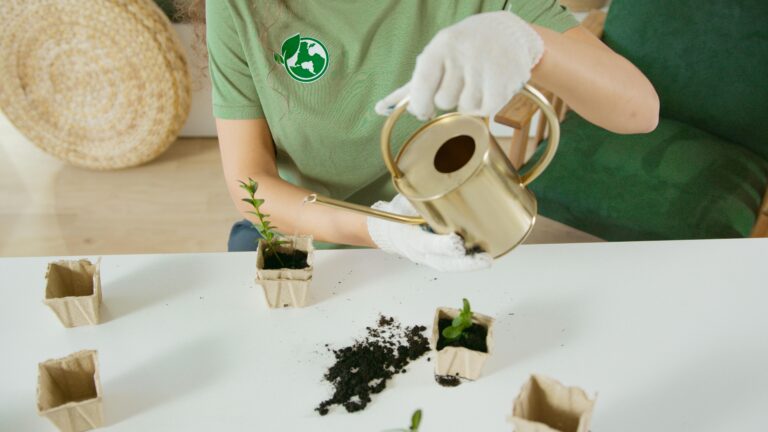
Soil Type: The Thirst-Quenching Truth
Your Crassula isn’t fussy, but it does have a type—a soil type, that is. Fast-draining soil mimics the arid homelands of these succulents, allowing water to pass through with ease, leaving behind just enough moisture to keep them content. A soil that’s too heavy and holds onto moisture like a greedy goblin can spell disaster, so stick with a mix that’s light, aerated, and as particular about water retention as your Crassula is.
Climate: A Balancing Act
Let’s set the scene: a sweltering summer day where the sun is blazing and not a cloud in sight. Your Crassula will guzzle water like it’s going out of style. But when the winter chill rolls in, it prefers to take a hydration hibernation, slowing its water intake considerably. Tuning into these seasonal symphonies will help you strike the perfect watering balance, giving your Crassula just enough to drink without drowning it in excess.
Seasonality: Changing with the Times
Change is the only constant, and this rings especially true in the life cycle of your Crassula. During active growing seasons, like spring and summer, it’s a thirsty beast. But as autumn leaves fall and winter whispers in, it slinks into a rest period, where water becomes a less frequent visitor. Observing these shifts and adapting your watering habits is the secret sauce to a Crassula that thrives through the seasons.
Now that we’ve covered the basics, it’s clear that the well-being of your Crassula is no guessing game. By understanding and respecting the unique factors that influence its hydration needs, you’ll be on the path to cultivating a specimen that not only survives but genuinely thrives. Happy watering!
Creating the Perfect Watering Schedule
When it comes to keeping your Crassula lush and vibrant, understanding the delicate balance of moisture is key. Cast aside your watering can’s routine schedule, and let’s dive into the art of the ‘soak and dry’ method—a foolproof strategy embraced by succulent enthusiasts worldwide. Crassulas, like many fleshy-leaved friends, thrive on a ‘feast or famine’ approach to hydration. But what does that mean in real life?
Picture this: a saucer of water held aloft, ready to drench the parched earth that cradles your Crassula. The soak and dry method works exactly like a sporadic downpour in their native habitat, saturating the soil until water runs freely from the drainage hole, signaling sufficiency. Then, it’s a game of patience. Resist any urge to water again until the potting mix is bone dry. By mimicking these natural patterns, you provide your succulent with a burst of hydration that supports robust growth, followed by a period of rest, which is essential for their health.
Now, for the signs when it’s time to quench your green companion’s thirst. With a Crassula, the tell-tale symptoms of dehydration are subtle yet noticeable to an observant eye. Keep a lookout for leaves that begin to lose their plumpness, taking on a slightly deflated appearance. Inch your finger into the soil—if it’s dry several centimeters deep, it’s time for another round at the watering rodeo. However, beware of overwatering, the arch-nemesis of any succulent. Wrinkled or translucent leaves waving a white flag of surrender are a signal of too much love in liquid form.
As you hone your aptitude for succulent hydration, let the nuances of your Crassula’s environment guide you—temperature, season, and light all play starring roles in determining the ideal watering intervals. Embrace the nuance and adjust as you witness your Crassula’s response, etching your path to becoming a wise guardian of these stoic yet sensitive plants.
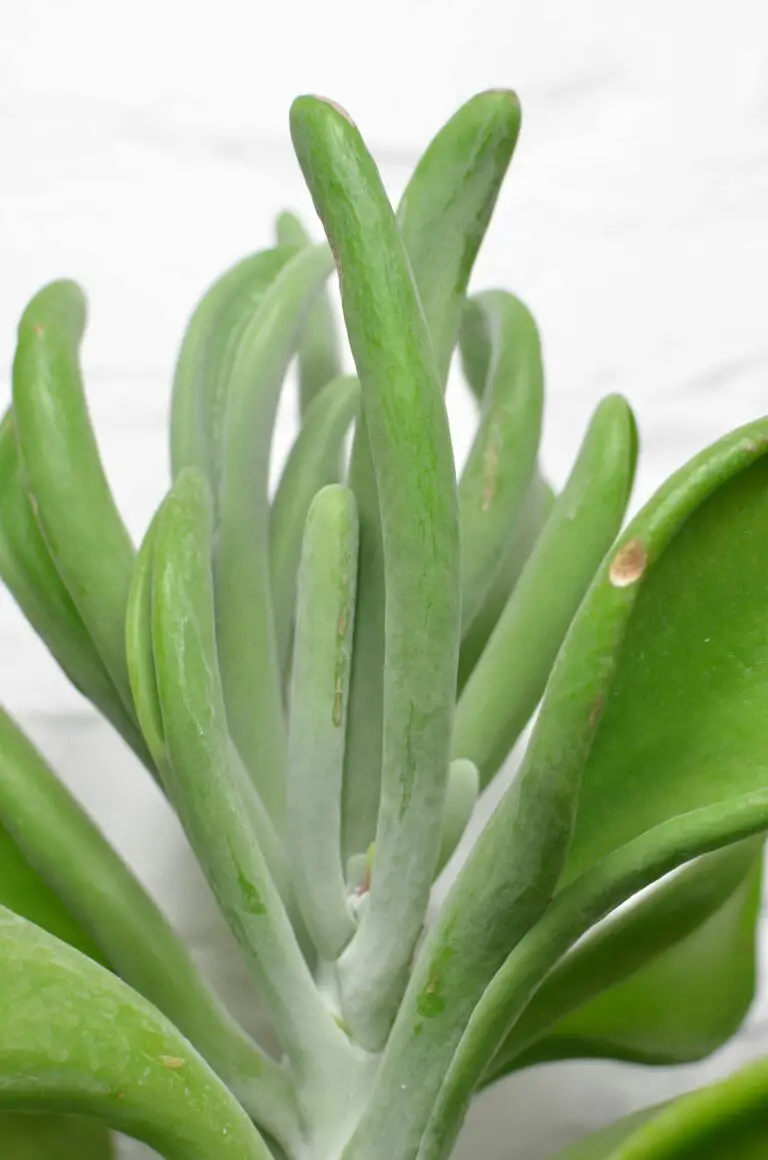
So remember, dear Crassula caretaker, every watering is a step on the journey to create the perfect oasis for your succulent. With each soak and dry cycle, you’re not just wetting the soil; you’re fostering a microclimate for thriving life. Watch as your Crassula stands a little taller and greets the sun with glistening leaves, all thanks to your masterful touch on the watering can.
Common Mistakes in Watering Crassula
Let’s dive straight into the soggy mess that is overwatering. Much like a guest who overstays their welcome, too much water can lead to a crassula’s roots feeling choked and overwhelmed. On the flip side, under watering is akin to a barren desert where the crassula is left yearning for a droplet of relief. To avoid these common blunders, it’s crucial to understand that crassula, being a succulent, stores water in its luscious leaves and prefers a drink only when its soil is Sahara-desert dry.
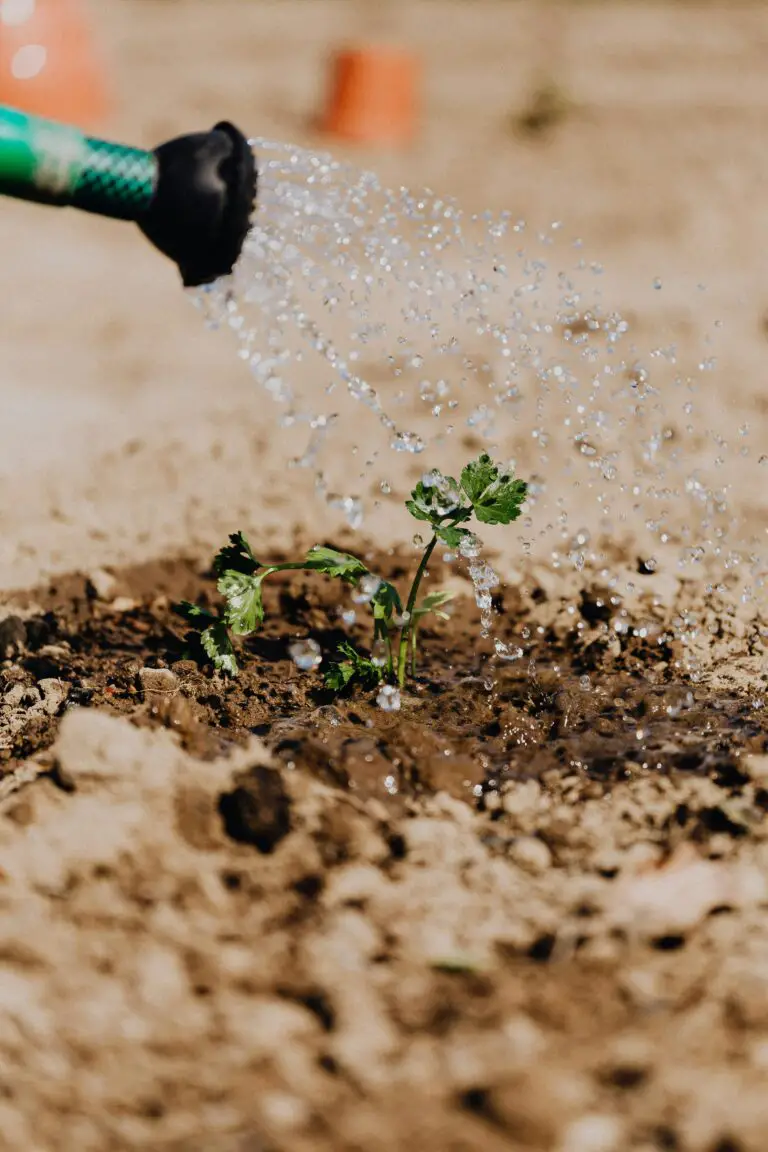
Imagine you’re on a beach vacation—there’s a fine line between frolicking in the ocean and getting swept away by a wave. Similarly, a crassula thrives on a balanced watering schedule. Overwatering can transform your succulent sanctuary into a moldy mess, with rot setting into the roots. The leaves might yell out for help, turning a sickly yellow or becoming squishy to the touch. That’s your cue to cut back on the water works!
Meanwhile, under watering turns your crassula into a survival reality show contestant. The leaves lose their plumpness, looking deflated and wrinkly, much like your fingers after a long bath. When your crassula starts resembling a prune rather than a plant, it’s time to quench its thirst. A thorough soak will help, but remember—just like good comedy, timing is everything! Water only when the top inch of the soil feels dry to the touch.
Preventing these watering mishaps isn’t rocket science. It’s about observing and being in tune with the needs of your crassula. Stick your finger into the soil—go on, it won’t bite. If it feels as dry as a stand-up comedian’s wit, it’s time to water. If it’s damp, show some restraint, and wait a while longer. Your crassula will thank you for it by flaunting its jade-colored vibrancy and robust health.
Expert Tips for Optimal Hydration
Keeping your Crassula perfectly quenched is less about sticking to a rigid watering calendar and more about understanding the subtle art of succulent care. These expert tips will guide you to be both attentive and intuitive when it comes to watering your Crassula, ensuring each plant thrives in your care.
Reading the Signs: When Thirst Strikes
A Crassula’s leaves are the crystal ball into its hydration needs. A well-hydrated Crassula boasts plump, vibrant leaves, whereas a thirsty one starts showing wrinkled or leathery leaves, signaling it’s time for a drink. However, this simplicity is deceptive, as overwatering is the quickest way to kiss your succulent goodbye. The key is striking that perfect balance—much like getting your morning coffee right, not too strong and definitely not just hot milk. Keep an eye out for visual cues and, when in doubt, it’s better to hold off than to overindulge.
Timing Is Everything: Your Succulent’s Schedule
Crassula, like many succulents, prefers a drought-and-soak watering approach. This mimics their natural arid environments where rain comes seldom but pours. Wait until the soil is completely dry, which usually takes about one to two weeks, before watering thoroughly. Succulents cherish their “feast or famine” lifestyle, so when you do water, ensure the entire root ball gets enough to drink, much like a parched traveler finding an oasis. It’s a moment of full, deep hydration followed by a period of drought, preparing it for the next cycle.

Climate’s Role: Adapting to Your Environment
Your Crassula’s thirst isn’t just dictated by its species; it’s a dialogue with its environment. If positioned in a bright spot with plenty of indirect light, expect a more frequent watering schedule, akin to needing more water after a day in the sun. Conversely, during the cooler, dormant months, your Crassula behaves like a bear in hibernation—slowing down and needing less to drink. Pay attention to your local weather and temperature patterns, since your indoor climate will often mirror the outdoors, influencing your watering rhythm.
The Right Technique: Not Just Any Water Will Do
Just pouring water on top isn’t enough; you need to ensure that water penetrates the soil and reaches the roots. A deeply watered Crassula stands tall and resilient, much like an athlete stays hydrated to maintain peak performance. Use lukewarm water, as you would when running a bath, to avoid shocking the plant’s system. By watering directly into the soil and allowing the excess to drain away, your Crassula can drink up without the fear of root rot, which looms like an unwelcome cloud over over-watered pots.
Seasoned Wisdom: Learning from the Experienced
Let’s not forget about the knowledge passed down through generations of gardeners. Anecdotal evidence can sometimes be just as valuable as scientific research. Take Mrs. Jacobs, for example, a septuagenarian with a knack for Crassula plants, whose watering method—using ice cubes—provides a slow release of moisture. It’s unorthodox but also a reminder of how tradition and experiment can both play a part in the wellness of your plant friends.
Troubleshooting Water-related Issues in Crassula Plants
Crassula, the plump and delightful succulent, thrives on a delicate balance of dry spells followed by a quenching drink. However, even with the best care, issues can arise. Let’s submerge ourselves into the common water-related tribulations and unravel how to keep your Crassula robust!
First up is the dreaded root rot. Picture this: a succulent silently pleading for help as its roots languish in soggy soil. The usual suspect? Overwatering. Root rot is stealthy; by the time your Crassula’s leaves turn yellow or drop, the roots may have already succumbed. But fret not! You can play detective and investigate. Uproot the plant and inspect the roots. Healthy roots boast a firm and white appearance, while rotten roots are brown, mushy, and emit a foul smell. If root rot is caught early, trim the damaged roots and repot the Crassula in fresh, well-draining soil, and amend your watering routine to avoid future watery woes.
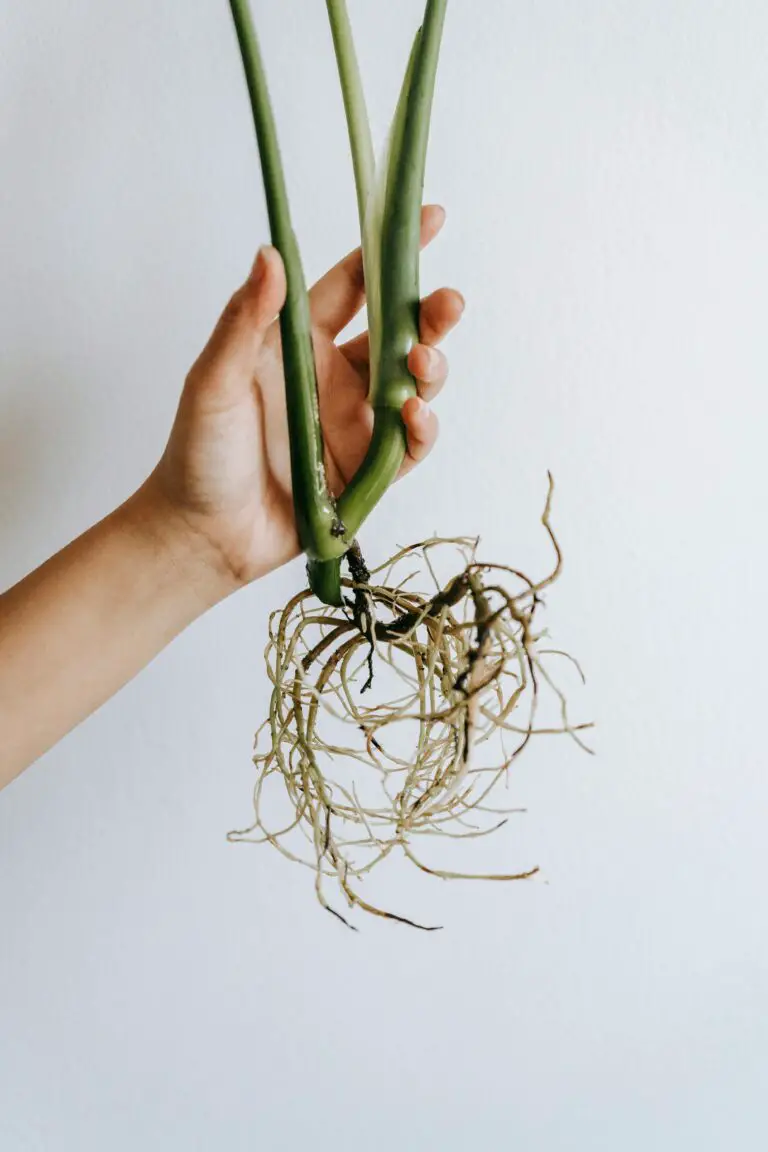
On the flip side, dehydration can cause Crassula to wilt in thirst. It’s a sight that can wrench a plant lover’s heart – leaves shriveling, losing their vibrant green luster. The plant’s silent plea for water becomes audible through indicators like wrinkled, papery leaves. When faced with dehydration, it’s time to act swiftly. Quench your Crassula’s thirst with a thorough watering, allowing excess water to drain freely. Remember, it’s a fine line between parched and drowned, so monitor the soil moisture to strike the perfect hydration harmony.
Wrapping your head around these signals is vital for your Crassula’s survival. Implement a regular check-up routine – prod the soil, observe the leaves, and modify your care tactics as needed. With vigilance and swift action, you can swiftly tackle these water-related challenges and keep your Crassula thriving. Remember, watering is both an art and a science when it comes to these succulent wonders.
Advanced Care: Watering Crassula During Different Life Stages
When we speak of nurturing Crassula, we’re not just talking about a plant; we’re talking about a living sculpture that thrives under attentive fingertips. Recognize this: the very essence of your green buddy’s well-being is hidden in the watering can. Let’s embark on a hydration voyage, from tiny sprouts to majestic, full-grown beings, revealing the secrets of watering your Crassula through each of its life stages.
Imagine an eager Crassula cutting, pulsating with potential. As it embarks on the journey to root and grow, your mission is to provide consistent but moderated encouragement—in the form of light, frequent mistings. This youngster isn’t ready for a deluge; its emerging roots crave humidity without becoming waterlogged. So, administer a gentle spray to propagate promise without drowning dreams.

Now, once our young Crassula graduates to its own pot, filled with dreams and draining holes, its thirst grows with its foliage. It’s a phase of voracious growth, where the water you provide is the applause that spurs it towards the heavens. Still, even in its eagerness to expand, overwatering is like unwanted advice—well-intentioned but potentially stifling. Listen closely, water deeply but infrequently, and let the soil dry between standing ovations.
And what of those lazy, hazy days of dormancy? Here in the quiet repose of the cooler seasons, your Crassula preserves energy, contemplating its next burst of growth. It’s not the time for splashy gestures; it’s the time for restraint, mimicking the sparse rainfall of its native lands. Allow the soil to become a dry haven, offering water only occasionally to keep the peace without breaking the silence of its rest.
Advanced Crassula care is a balance, a tender dance between water and air, life and breath. No calendar dictates the perfect schedule—only close observation, a bond with your plant, and a sense of the subtle shifts in its life stages will ensure you’re watering not just adequately, but artfully. As each Crassula is a world unto itself, let yours reveal its unique rhythm to you, and become a curator of its bespoke hydration symphony.
Tools and Resources for Watering Crassula
Keeping your Crassula perfectly hydrated doesn’t have to be a guessing game. With the right tools at your disposal, you can ensure your fleshy friend gets just the right amount of moisture for those plump leaves that signify a happy, healthy succulent. Let’s delve into the gadgets that can make you the most proficient plant parent on the block.
First up is the plant enthusiast’s best friend: the moisture meter. This handy device will make you feel like a plant whisperer. Simply stick the probe into the soil and get a read on the moisture level. No more overwatering woes or underwatering upsets—just clear, actionable data that lets you know when it’s time to give your Crassula a drink. Imagine the peace of mind when you no longer have to rely on the “finger test” and can accurately gauge the watering needs of your succulent with scientific precision.

Fancy a hands-off approach? Enter the realm of self-watering pots. Designed to be a time-saver and a plant-saver, these innovative pots will keep your Crassula in the lap of luxury. With a built-in reservoir, these pots allow the plant to sip water as needed, taking the guesswork out of watering schedules. Just think of it as the smart assistant for your succulents, making sure your plants have a consistent supply of water without you ever overdoing it.
Those with a techy edge might even consider a watering system that syncs with your smartphone, allowing you to water your cherished Crassula from anywhere, at any time. The future of plant care is here, and it’s looking pretty lush.
By employing these tools, you’ll be well on your way to mastering the art of maintaining the perfect watering regimen for your Crassula. And remember, while these gadgets can make life easier, they’re simply aids to enhance your innate plant nurturing skills. Happy watering!
Frequently Asked Questions
Curious about keeping your Crassula lush and hydrated? Let’s dive into the common queries that plant enthusiasts have about quenching the thirst of these succulent beauties. Remember, your Crassula isn’t just a plant – it’s a living sculpture in your space!
How Often Should I Water My Crassula?
Think of your Crassula as the camel of the plant world – it can go for quite a stretch without water, thanks to its plump leaves holding reserves. A good soak every 2 to 3 weeks is typically sufficient. However, just like camels, when they do drink, they go all in. Ensure the water drains freely to prevent ‘soggy feet’ syndrome, which is as uncomfortable for your plant as it sounds for the rest of us.
What About When I’m Traveling?
Leaving town for a sandy beach or a mountain retreat? Don’t fret; your Crassula will likely be fine. These plants are made for autonomy! But if you’re gone longer than three weeks, consider a self-watering system. Even a simple setup, like a bottle filled with water inverted in the pot, can be enough for your green buddy to self-serve a drink when needed.
Indoor vs. Outdoor Crassula: Any Difference in Watering?
Absolutely! If your Crassula is basking in the great outdoors, it will demand more frequent watering due to higher light and air flow, which lead to quicker drying soil. Conversely, indoor Crassulas require less water, but don’t take this as an excuse for neglect! Adjust your watering schedule according to the temperature and light your plant receives – a sun-soaked windowsill will have different needs than a shady bathroom corner, after all.
Upping the ante on care leads to Crassula that not only survive but thrive. It’s all about tuning into the plant’s needs, much like you’d adjust the sails on a boat to catch the optimal wind. Speaking of optimal, here’s a visual reminder of what a well-watered Crassula might look like!
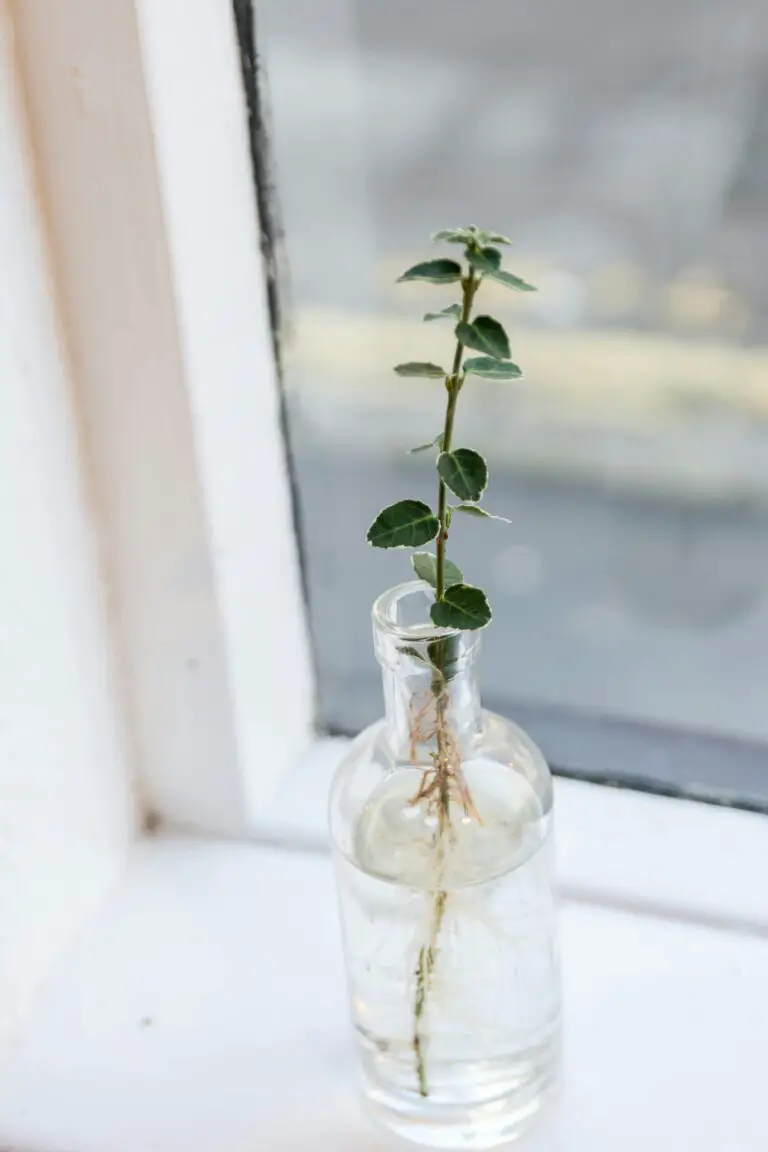
Keep your questions coming, and always remember: watering wisdom is the key to unlocking the lush life of your Crassula plants!



